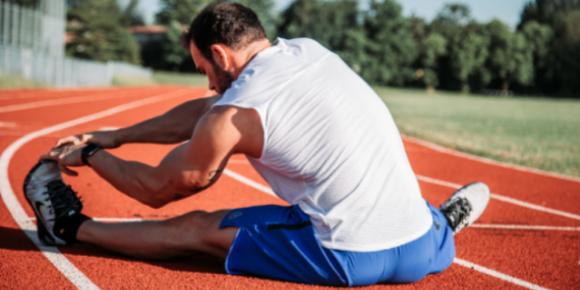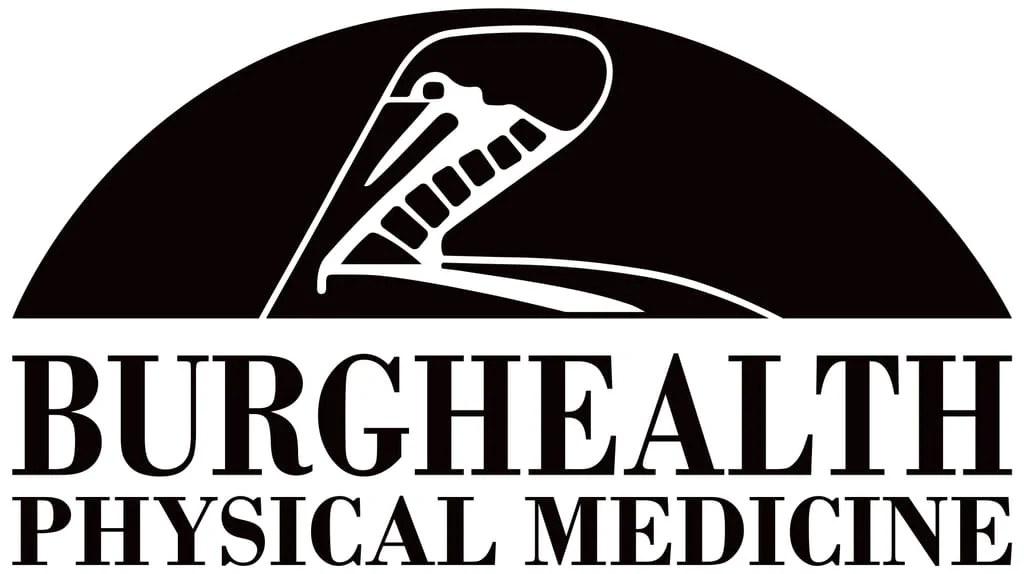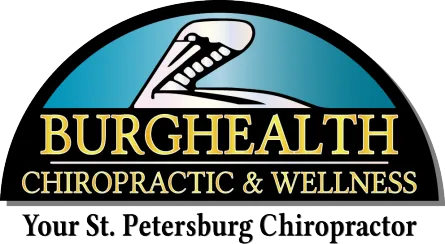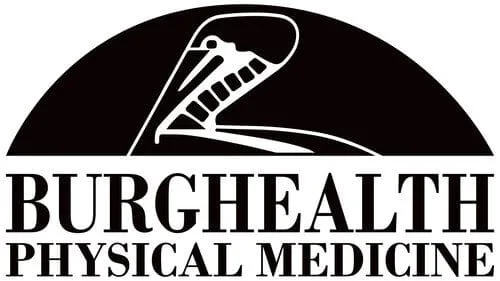
- posted: Sep. 21, 2021
In terms of optimal musculoskeletal health for both sports performance and everyday life, it is important to look at the body as a whole. When one region of the body isn’t working properly or is restricted, it can cause pain and discomfort in other areas of the body. By having proper mobility and pain-free range of motion (ROM), not only will you live your best life, but also improve your sports performance. In this blog, we will focus on the body’s extremities – the roles they play, the common injuries that can occur, and the different therapies used to treat these injuries.
Mobile vs. Stable
Before we dive into the general overview of your extremities, it is important to understand this little bit of chiropractic 101. Your body alternates between mobile and stable joints. For example, when your hip and ankle are mobile, the knee should be stable. Or when the shoulder and wrist are mobile, the elbow is more stable. This, of course, is why the extremities play a crucial role in sports performance in terms of the range of motion and mobility.
The Extremities (Upper/Lower Limb & Arm/Leg)
Hands & Feet
The hands and wrists are made of 27 small bones that help stabilize the body and allow you to grab and grip objects. Your feet have 19 muscles, 26 bones, 33 joints, and 107 ligaments! They create the foundation of how you move and help control movements such as walking and running. With so many joints, ligaments, and tendons in the hands and feet, it should come as no surprise that both are susceptible to injury.
Knees
The knees are considered hinge joints (a joint between two bones that allows movement across one plane, i.e., straightening, bending, and flexing) that help to stabilize the leg. The knee joints connect the thighs to the lower parts of the leg and are the largest joints in the human body. They are different than other hinge joints in that they allow flexion and extension, but also side-to-side movement.
Hips
Hips are ball-and-socket joints - smooth joints with hemispherical heads that fit within a cuplike depression and help with rotational and circular movements. The hips provide the stability needed to bear bodyweight, a key component to sports performance where proper mobility and strength are required. For example, any type of hip range of motion restrictions can lead to low back pain.
Shoulders
Also considered ball-and-socket joints, shoulders are the most flexible joints in the entire human body and are actually comprised of two separate joints. These two joints work together to allow the arm to move in a large circle and rotate around its axis at the shoulder. Common shoulder joint injuries include tears to the rotator cuff (one or more of four muscles) and labrum.
Elbows
The elbows, also considered hinge joints, connect the upper part of the arm to the bones in the lower arm. Common injuries that may occur in one or both of the elbow joints include golfer’s or tennis elbow. Interestingly enough, while the elbows tend to get the blame, most of “elbow” injuries are actually caused by the wrist.
Therapies for Extremities
At Burghealth Chiropractic and Wellness, we are experts in the musculoskeletal system and offer a wide range of therapies to treat injuries to the extremities, some of which include:
- Soft Tissue Therapy: Helps treat injuries to the muscles, tendons, and ligaments of the extremities.
- Deep Tissue Laser: Helps reach deeper areas in the bursas, meniscus, and other deep joints that soft tissue therapy is unable to reach.
- Spinal Manipulation: Adjusts spinal misalignments to provide pain relief for conditions originating from the spine or extremities.
Burghealth Chiropractic & Wellness – St. Petersburg’s Top Chiropractor
Do you have pain caused by an injury to an extremity? Burghealth Chiropractic & Wellness can help! Please call (727) 289-9148 to learn more about our advanced chiropractic services or to schedule a consultation with one of our top St. Petersburg chiropractors.
OFFICE HOURS
8:30 am - 12:00 pm
1:30 pm - 5:30 pm
8:30 am - 12:00 pm
1:30 pm - 5:30 pm
8:30 am - 12:00 pm
1:30 pm - 5:30 pm
8:30 am - 12:00 pm
1:30 pm - 5:30 pm
8:30 am - 12:00 pm
1:30 pm - 5:30 pm
Closed
Closed
Closed
Closed
Locations
Find us on the map
St. Petersburg Location
6535 4th Street North
St. Petersburg, FL 33702, US


